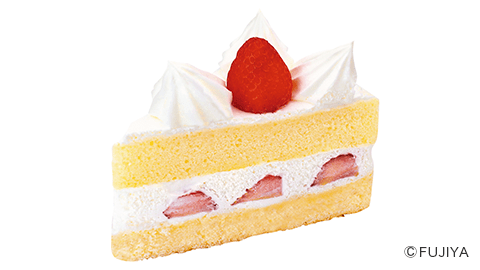

#30
Expressing a variety of past and future actions
Tam has come to a café with Mi Ya. Tam talks about her memories of a music student, Yuuki.
 Vocabulary
Vocabularyメロンパフェ
meron-pafe
melon parfait
Add to My NotebookAdded to My Notebook
~でございます
~de gozaimasu
a polite way of saying "desu"
Add to My NotebookAdded to My Notebook
おいしい
oishii
delicious
Add to My NotebookAdded to My Notebook
どこ
doko
where
Add to My NotebookAdded to My Notebook
会う
au
meet
Add to My NotebookAdded to My Notebook
ベトナム
Betonamu
Vietnam
Add to My NotebookAdded to My Notebook
小学校
shoogakkoo
elementary school
Add to My NotebookAdded to My Notebook
ボランティア
borantia
volunteer
Add to My NotebookAdded to My Notebook
する
suru
do
Add to My NotebookAdded to My Notebook
一緒に
issho ni
together
Add to My NotebookAdded to My Notebook
歌う
utau
sing
Add to My NotebookAdded to My Notebook
踊る
odoru
dance
Add to My NotebookAdded to My Notebook
そう
soo
I see
Add to My NotebookAdded to My Notebook
はい
hai
yes
Add to My NotebookAdded to My Notebook
 Key Phrase
Key PhraseExpressing a variety of past and future actions
Add to My NotebookAdded to My Notebook
To list some examples out of a number of actions, use the TARI-form of a verb. Change the "te" at the end of the verb's TE-form to "tari." To express something you've done, end the sentence with "shimashita" or "did."
To express something you're going to do:
The verb's TARI-form can be used to express both what you've done and what you're going to do. For things in the future, say "-tari, -tari shimasu/shitai desu" meaning "will/want to XXX and XXX."
Learn more!
 Use It!
Use It! Try It Out!
Try It Out!1Which of these three choices is the correct way to say this sentence in Japanese?
I went shopping and swam in the ocean.
go shopping | swim in the ocean
買い物をする(→したり) | 海で泳ぐ(→泳いだり)
kaimono o suru (→shitari) | umi de oyogu (→oyoidari)

2Say the sentence in Japanese, using the following word(s).
I did/want to [verb 1] and [verb 2].
【verb 1】たり、【verb 2】たりしました/したいです。
【verb 1】 tari, 【verb 2】 tari shimashita/shitai desu.
«what you want to do»go to a temple | wear a kimono
お寺に行く(→行ったり)| 着物を着る(→着たり)
otera ni iku (→ittari) | kimono o kiru (→kitari)

3Say the sentence in Japanese, using the following word(s).
I did/want to [verb 1] and [verb 2].
【verb 1】たり、【verb 2】たりしました/したいです。
【verb 1】 tari, 【verb 2】 tari shimashita/shitai desu.
«what you did»watch TV | take a nap
テレビを見る(→見たり)| 昼寝をする(→したり)
terebi o miru (→mitari) | hirune o suru (→shitari)

 Bonus Phrase
Bonus PhraseIt's used when something looks delicious. To say "delicious" while eating, use “Oishii!"
 Kanji
Kanji Culture
Culture
Kaito Is Your Food Guide!
Japanese Sweets
You can find all kinds of sweet things in Japan, such as traditional Japanese and Western confections.
Japanese sweets include rice cakes, rice crackers, and bean-paste buns. Some are connected to the seasons, such as rice cakes using cherry blossoms and leaves in spring. In summer, you'll find sweets that look like starry skies and clear streams.
Sakuramochi

Summer-only Japanese confection

Japanese shortcake

Melon parfait

 Trip tip
Trip tip